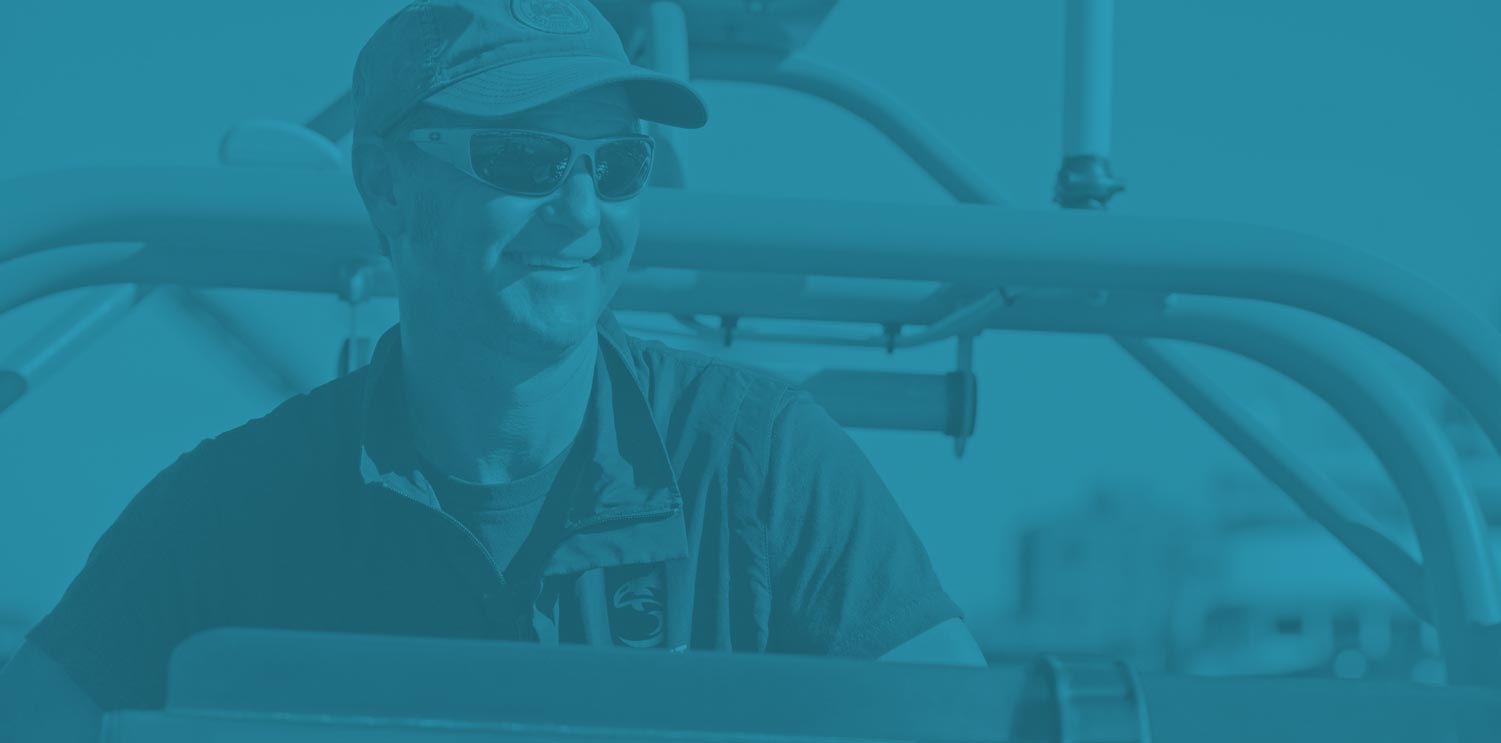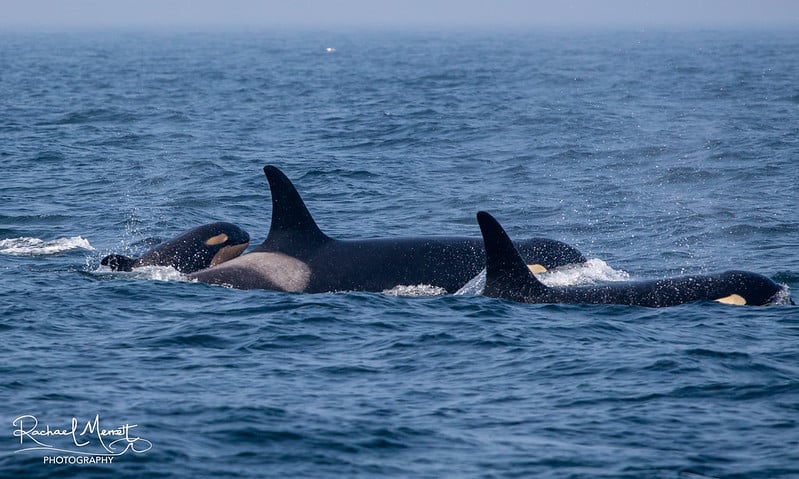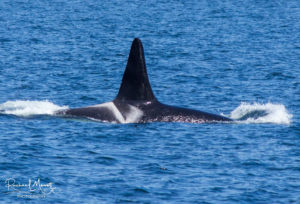Written by Rachael Merrett- Orca Spirit Marine Naturalist
The whale world has been abuzz about the orca pregnancies detected within all three pods of the Southern Resident Killer Whale population since SR3 (Sealife Response + Rehab + Research) announced their discovery in July of 2020. They revealed that there are pregnancies in all three pods, confirming 34-year-old Racer (L-72) and 22-year-old Tahlequah (J-35) were indeed pregnant. The names of the pregnant K-pod female(s) were not released.
Photo source: Sealife Response + Rehab + Research’s July 26, 2020 article “Pregnant Whales Identified Among the Southern Resident Killer Whales“
On September 5, 2020, the Center for Whale Research discovered that Tahlequah (J-35) had given birth to a new calf. They believe that the calf was born the day before as its dorsal fin was standing up. As orca calves pass through the birth canal, their dorsal fins lay flat on their back and it takes one to two days for the fin to become erect once born.
This news was especially heart-warming as Tahlequah became famous around the world in 2018 when her newborn only survived for 30-45 minutes. She carried her dead calf on her head in a 17-day Tour of Grief for over 1000 miles within the Salish Sea. Killer whales are extremely bonded to their family and are known to display grief when members are lost, especially youngsters.
Who are the Southern Resident Killer Whales?
The Southern Residents are a fish-eating killer whale population who reside off the coast of the Pacific Northwest. There are three pods within in their population – the J-pod, the L-pod, and the K-pod. Their population has reached a critically low number of 73, leaving them at risk of extinction. The greatest threat to their survival is a lack of abundant Chinook salmon, which make up approximately 80% of their diet.
Why is there cautious optimism about the Southern Resident orca pregnancies?
People within the scientific and whale watching communities are cautiously optimistic about the reports of new orca pregnancies and now a birth within the Southern Resident Killer Whale population. New calves mean there are additional mouths to feed and with dwindling Chinook populations, there is a fear of losing both calves and mothers due to a lack of food.
To understand the big picture, let’s take a step back and look at reproduction in killer whales and reproductive statistics specifically within the Southern Residents.
Killer whales are a long-lived species with males having a maximum life expectancy of 40-60 years and females are known to live into their 80’s or beyond. In fact, Granny (J-2) is believed to have been 106 years old when she passed away in October of 2016. Despite their long lifespan, they have a relatively small window of time for reproduction. Most female killer whales start reproducing around the age of fifteen and then go through menopause in their early forties. The length of an orca pregnancy is a whopping 16 to 18 months!
Killer whales invest a huge amount of time into parental care, with calves potentially nursing for up to three years, though they will start eating solid food before then. Within resident killer whale populations, offspring remain with their mothers for life regardless of gender. Intervals between calves average three and ten years. All of this adds up to few offspring overall per female in a population.
How do the Southern Residents stack up in the reproductive game?
Not well, unfortunately. Hormone studies conducted using fecal samples have shown that approximately 69% of Southern Resident orca pregnancies end before birth and other research shows about 1 in 6 calves die before their first birthday.
A lack of available prey is a leading cause of the Southern Residents’ low birth rates. In addition, the high level of harmful toxic contamination levels within the Southern Residents’ fat makes it difficult to adequately feed the new calves. When the killer whales do not have enough food to eat, they metabolize their fat for energy, engaging the toxins that are stored there. These are then passed from mother to offspring during pregnancy and nursing.
What can be done to help save the Southern Residents?
To help save the Southern Residents and support orca pregnancies and calves, we must protect Chinook salmon populations and work quickly towards their recovery in both Canada and the United States. If the whales have abundant food, they can support themselves and new calves.
Here are some things you can do to help save the Southern Residents:
- Reduce or eliminate your consumption of salmon.
- Support initiatives aimed at the recovery of salmon and their food sources like herring.
- Be mindful of the chemicals that you use in your house and on your lawn. These chemicals can make their way into water systems and into the food chain which can impact the orcas.
- Reducing your carbon footprint will help slow the damaging effects of warming sea temperatures and ocean acidification.
- Support the Center for Whale Research, an organization that has been studying the Southern Residents since 1976. Their work supports conservation and protection initiatives for this vitally important and genetically distinct population of killer whales.
- Adopt a Southern Resident Orca through the Whale Museum where funds go towards public education and outreach, including an on-the-water education program called Soundwatch.
Learn More about the Southern Resident Killer Whale pregnancies & births by visiting:
Sealife Response + Rehab + Research
You can always learn more by joining Orca Spirit on a whale watching tour! We donate $2 from every ticket to the Pacific Salmon Foundation. PSF conducts salmon conservation projects along the BC coast to increase Chinook and Coho salmon populations. Their initiatives positively impact the food abundance and availability for the Southern Resident Orcas.
We Hope You Can Join Us Soon!










